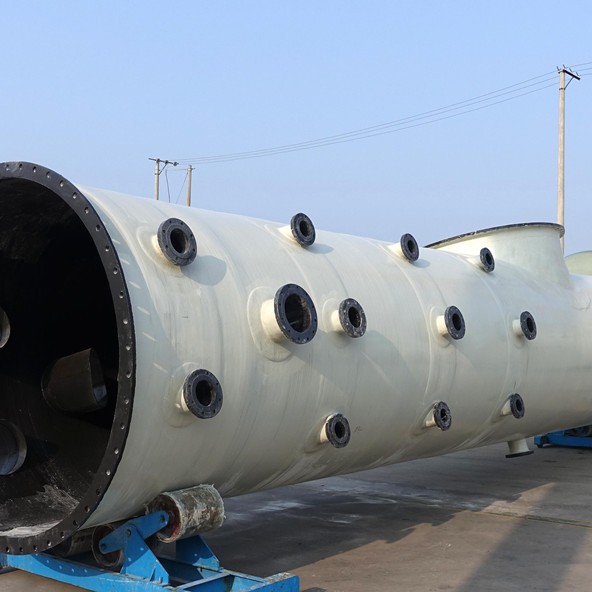
-
 Afrikaans
Afrikaans -
 Albanian
Albanian -
 Amharic
Amharic -
 Arabic
Arabic -
 Armenian
Armenian -
 Azerbaijani
Azerbaijani -
 Basque
Basque -
 Belarusian
Belarusian -
 Bengali
Bengali -
 Bosnian
Bosnian -
 Bulgarian
Bulgarian -
 Catalan
Catalan -
 Cebuano
Cebuano -
 China
China -
 China (Taiwan)
China (Taiwan) -
 Corsican
Corsican -
 Croatian
Croatian -
 Czech
Czech -
 Danish
Danish -
 Dutch
Dutch -
 English
English -
 Esperanto
Esperanto -
 Estonian
Estonian -
 Finnish
Finnish -
 French
French -
 Frisian
Frisian -
 Galician
Galician -
 Georgian
Georgian -
 German
German -
 Greek
Greek -
 Gujarati
Gujarati -
 Haitian Creole
Haitian Creole -
 hausa
hausa -
 hawaiian
hawaiian -
 Hebrew
Hebrew -
 Hindi
Hindi -
 Miao
Miao -
 Hungarian
Hungarian -
 Icelandic
Icelandic -
 igbo
igbo -
 Indonesian
Indonesian -
 irish
irish -
 Italian
Italian -
 Japanese
Japanese -
 Javanese
Javanese -
 Kannada
Kannada -
 kazakh
kazakh -
 Khmer
Khmer -
 Rwandese
Rwandese -
 Korean
Korean -
 Kurdish
Kurdish -
 Kyrgyz
Kyrgyz -
 Lao
Lao -
 Latin
Latin -
 Latvian
Latvian -
 Lithuanian
Lithuanian -
 Luxembourgish
Luxembourgish -
 Macedonian
Macedonian -
 Malgashi
Malgashi -
 Malay
Malay -
 Malayalam
Malayalam -
 Maltese
Maltese -
 Maori
Maori -
 Marathi
Marathi -
 Mongolian
Mongolian -
 Myanmar
Myanmar -
 Nepali
Nepali -
 Norwegian
Norwegian -
 Norwegian
Norwegian -
 Occitan
Occitan -
 Pashto
Pashto -
 Persian
Persian -
 Polish
Polish -
 Portuguese
Portuguese -
 Punjabi
Punjabi -
 Romanian
Romanian -
 Russian
Russian -
 Samoan
Samoan -
 Scottish Gaelic
Scottish Gaelic -
 Serbian
Serbian -
 Sesotho
Sesotho -
 Shona
Shona -
 Sindhi
Sindhi -
 Sinhala
Sinhala -
 Slovak
Slovak -
 Slovenian
Slovenian -
 Somali
Somali -
 Spanish
Spanish -
 Sundanese
Sundanese -
 Swahili
Swahili -
 Swedish
Swedish -
 Tagalog
Tagalog -
 Tajik
Tajik -
 Tamil
Tamil -
 Tatar
Tatar -
 Telugu
Telugu -
 Thai
Thai -
 Turkish
Turkish -
 Turkmen
Turkmen -
 Ukrainian
Ukrainian -
 Urdu
Urdu -
 Uighur
Uighur -
 Uzbek
Uzbek -
 Vietnamese
Vietnamese -
 Welsh
Welsh -
 Bantu
Bantu -
 Yiddish
Yiddish -
 Yoruba
Yoruba -
 Zulu
Zulu
Efficient Water Treatment Using Fiberglass Clarifier Systems for Improved Solid Removal
Fiberglass Clarifier Systems for Efficient Water Treatment and Solid Management
In the realm of water treatment, the need for efficient systems is more pressing than ever. With increasing environmental concerns and regulatory requirements, industries are seeking innovative solutions to ensure clean water discharge and effective solid management. One such solution is the fiberglass clarifier system, a versatile and efficient technology that has garnered attention for its ability to enhance water treatment processes.
Understanding Fiberglass Clarifier Systems
Fiberglass clarifier systems are designed to separate solids from liquids in water treatment applications. Made from high-strength fiberglass reinforced plastic (FRP), these systems are both lightweight and durable, offering a long lifespan compared to traditional materials like steel or concrete. The inherent properties of fiberglass—such as corrosion resistance and low maintenance requirements—make it an ideal choice for various industrial applications, including wastewater treatment, stormwater management, and industrial processes.
Mechanism of Operation
The operation of a fiberglass clarifier system is relatively straightforward yet highly effective. Water containing suspended solids enters the clarifier basin, where the flow is slowed down to encourage sedimentation. As water flows through the clarifier, heavier solids settle to the bottom by the force of gravity, forming a sludge layer. The clarified water then rises to the surface and is collected for further treatment or discharge.
In addition to gravity-driven sedimentation, many fiberglass clarifiers incorporate advanced features such as lamella plates or inclined tubes to enhance the settling process. These designs increase the surface area available for solids to settle, allowing for more efficient separation in a compact footprint. This is particularly beneficial in spaces where land is limited or where larger systems would be impractical.
Advantages of Using Fiberglass Clarifier Systems
fiberglass clarifier system for efficient water treatment and solid

1. Durability and Longevity Fiberglass is resistant to corrosion, which is especially important in environments where chemicals may be present. This durability results in lower replacement costs and reduced need for repairs over time.
2. Efficiency in Solid Handling The enhanced settling capabilities offered by the design of fiberglass clarifiers lead to improved removal rates of suspended solids. This translates to better water quality and compliance with environmental regulations.
3. Space-Saving Design Due to their compact nature, fiberglass clarifiers can be installed in facilities where space is at a premium. This is a significant advantage for urban settings or smaller operations that need to maximize their footprint.
4. Lower Operational Costs The maintenance-free nature of fiberglass materials, coupled with the efficient design, leads to lower operational costs. Facilities can save both time and money when managing their water treatment processes.
5. Versatility Fiberglass clarifier systems are suitable for a broad range of applications, including municipal wastewater, industrial discharge, and stormwater runoff. Their adaptability makes them a reliable choice for various sectors.
Conclusion
As industries look to enhance their water treatment processes while adhering to stringent environmental standards, fiberglass clarifier systems stand out as an innovative solution. With their combination of efficiency, durability, and space-saving design, they provide effective solid management in a variety of settings. As technology continues to evolve, investing in such systems not only meets current regulatory demands but also positions facilities to address future challenges in water treatment and environmental stewardship.
For businesses aiming to improve their water treatment capabilities, considering the implementation of fiberglass clarifier systems could lead to significant operational benefits and a meaningful contribution to sustainable water management practices.









